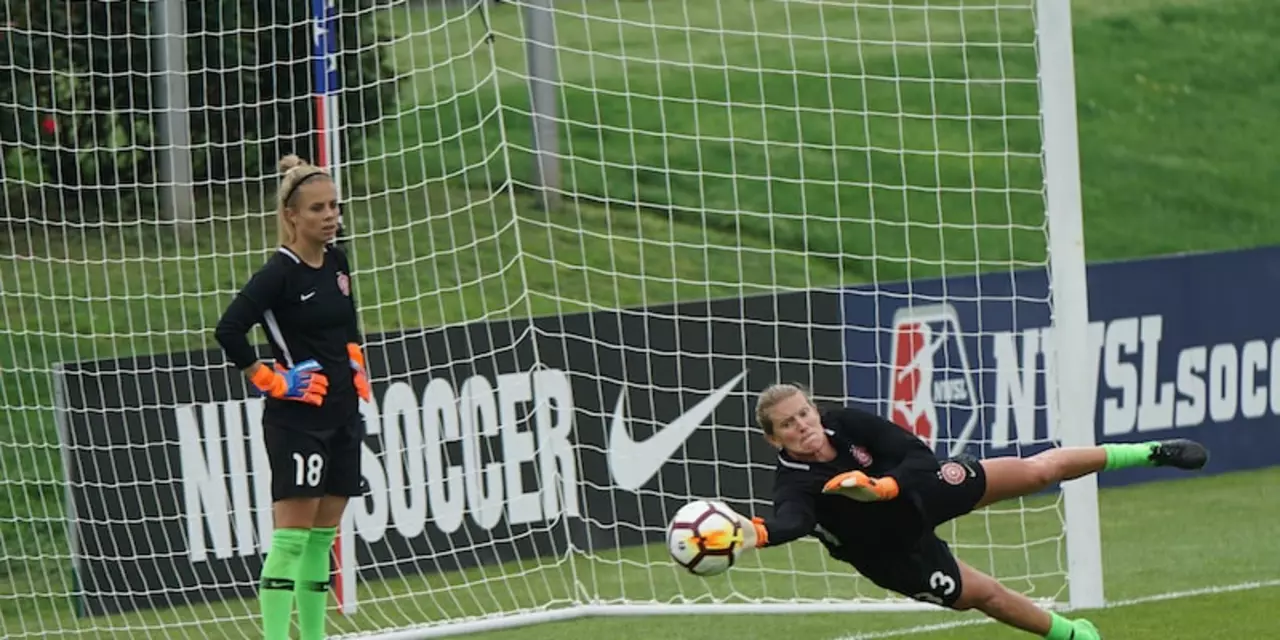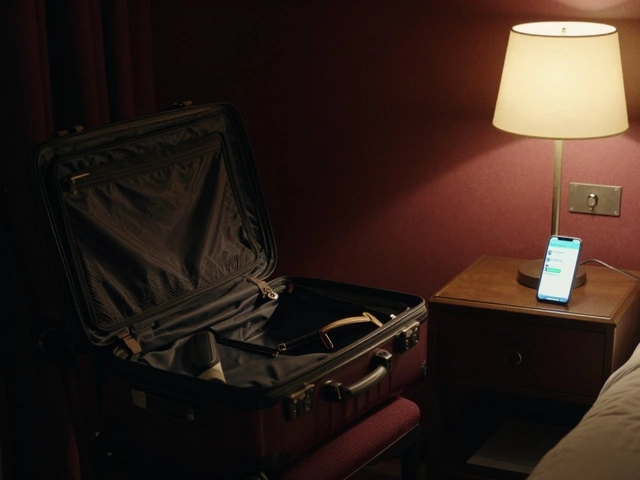Soccer Equipment & Accessories: Gear Up for Better Play
Ready to step onto the pitch with confidence? The right gear can make a huge difference in how you feel, move, and perform. Below you’ll find practical advice on choosing, caring for, and using the most important soccer equipment and accessories. No jargon, just straight‑forward tips you can start using today.
Choosing the right basics
Every player starts with a few core pieces: a ball, shin guards, and a pair of cleats. The ball you pick should match the surface you play on—firm synthetic for hard pitches, softer for grass. Shin guards need a snug fit; they should cover the front of your shin without sliding around.
Cleats are the real game‑changer. They give you traction, stability, and comfort. But a common problem is getting the perfect fit. If your cleats feel tight, try stretching them before your first match. A quick method is to soak them in hot water for 10‑15 minutes, then use a shoe stretcher or a hair dryer to gently expand the toe box and width. After stretching, wear them for a few hours to let the material settle. This simple routine can turn a cramped pair into a comfortable, responsive shoe.
Don’t forget socks. While they seem minor, a good pair of moisture‑wicking socks reduces blisters and keeps your feet dry. Look for a blend of nylon and polyester for the best balance of cushion and breathability.
Extras that make a difference
Beyond the basics, a few accessories can boost your training and matchday routine. A sturdy training bag keeps everything organized and protects your gear from the elements. Choose one with separate compartments for shoes, balls, and personal items.
Hydration is key, so a reusable water bottle is a must. Pick a bottle with a flip‑top lid for quick sips during intense drills. Some players also use cooling towels—just soak, snap, and place around your neck to lower body temperature on hot days.
Training tools like cones, agility ladders, and rebound nets help you work on speed, footwork, and ball control. They’re cheap, portable, and easy to set up in a backyard or local park. A small set of resistance bands can add strength work without bulk, and they fit nicely in any training bag.
Finally, protect your eyes with clear, impact‑rated sunglasses if you play in bright conditions. They cut glare, improve visibility, and are surprisingly comfortable during long sessions.
Putting together the right mix of equipment and accessories doesn’t have to be expensive or overwhelming. Start with the essentials, add one or two training tools that match your goals, and keep your gear in good shape with simple care steps like the cleat‑stretching routine. When everything fits, works, and feels right, you’ll notice a jump in confidence and performance on the field.
How to stretch soccer cleats?
This article provides an overview of the steps required to properly stretch soccer cleats. First, the cleats should be soaked in hot water for 10-15 minutes before they are stretched with a shoe stretcher. Additionally, the cleats should be stretched lengthwise and width wise, with extra attention given to the toe box. Furthermore, the cleats can be stretched with a hair dryer, by slowly moving the hair dryer over the cleats for approximately 10 minutes. Finally, the cleats should be worn for a few hours after stretching to ensure that they fit properly.



